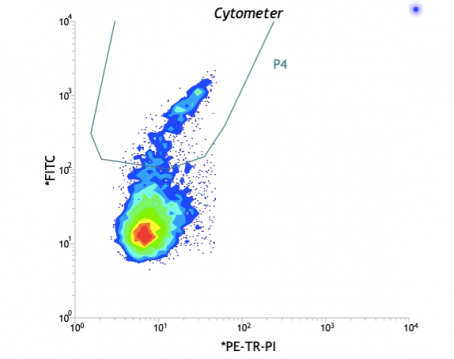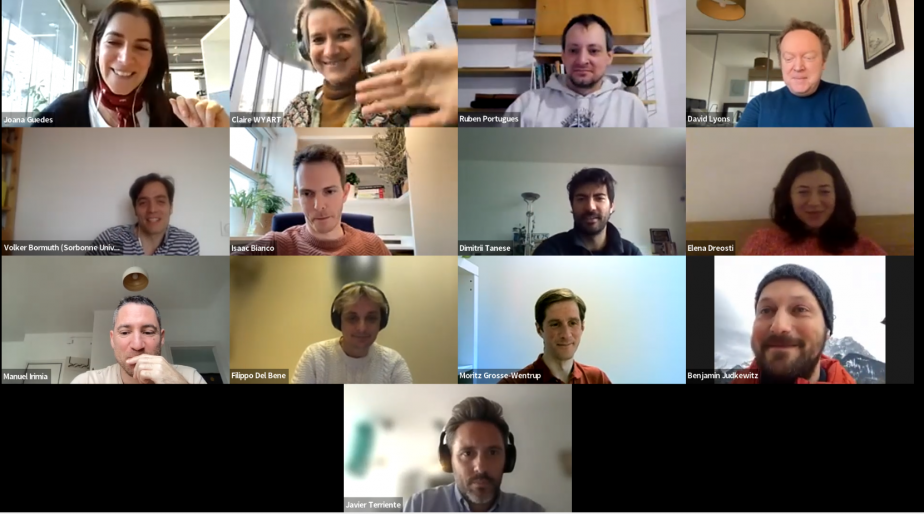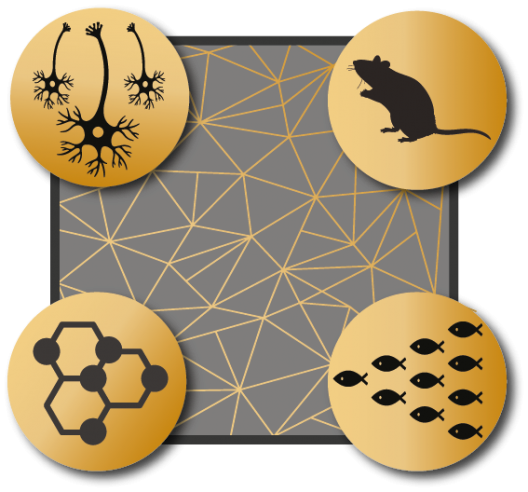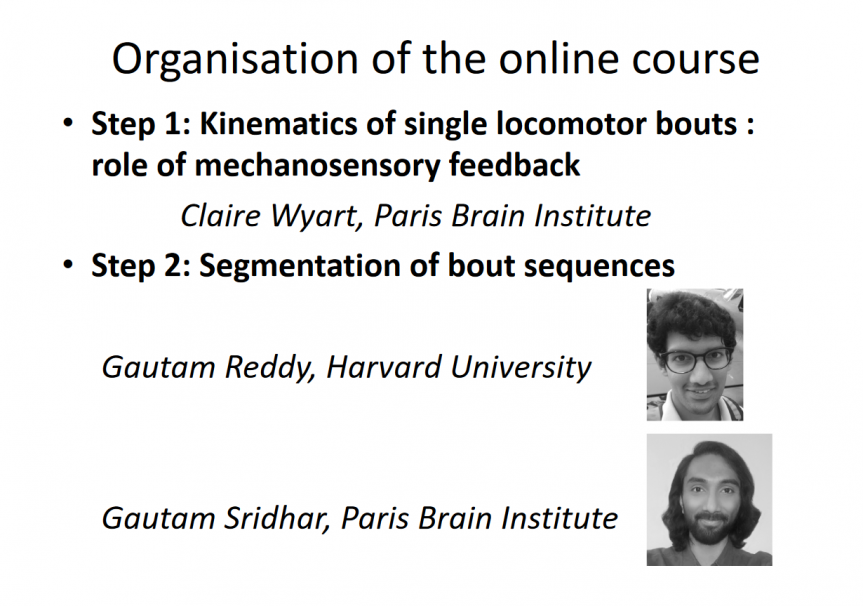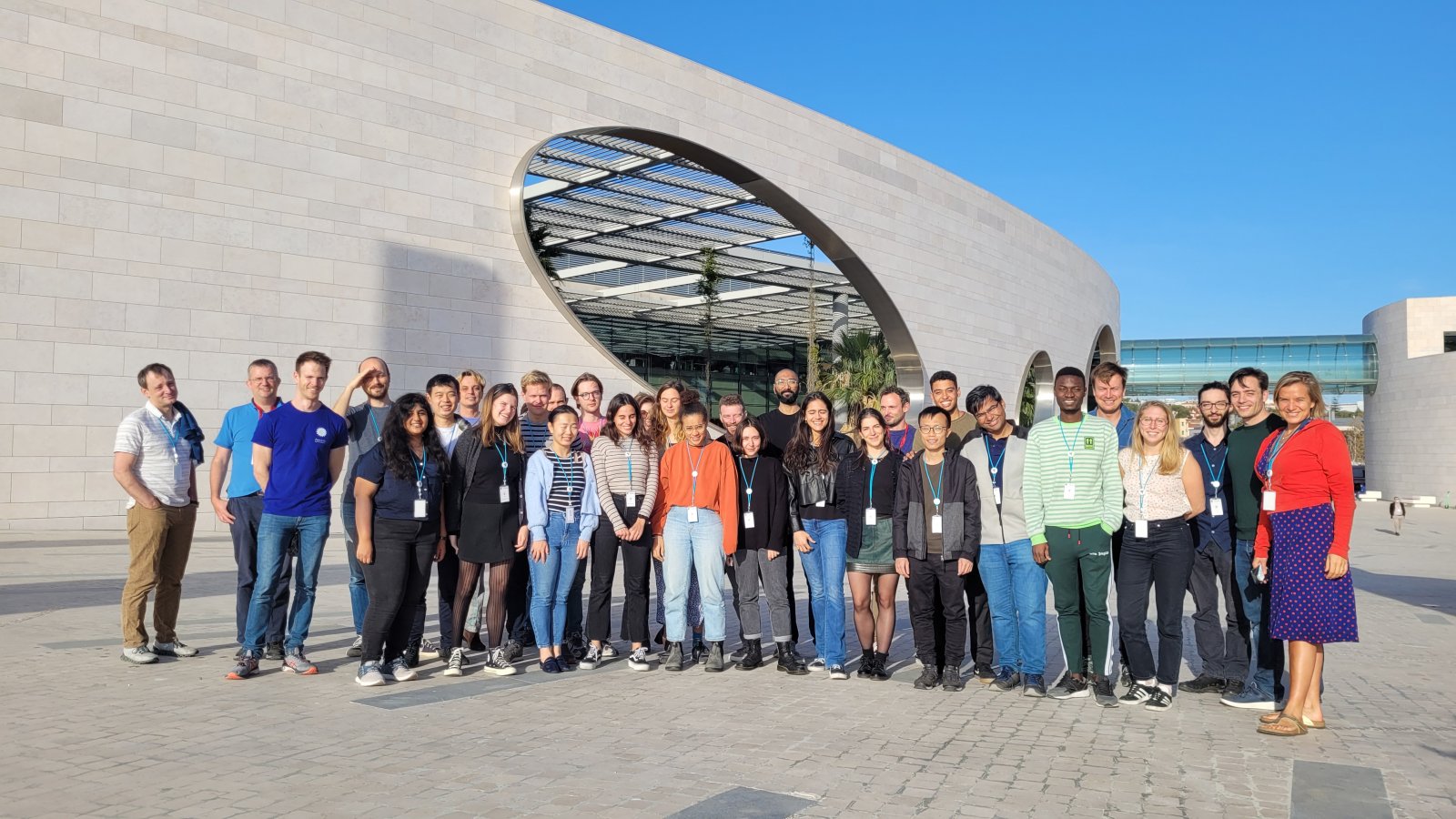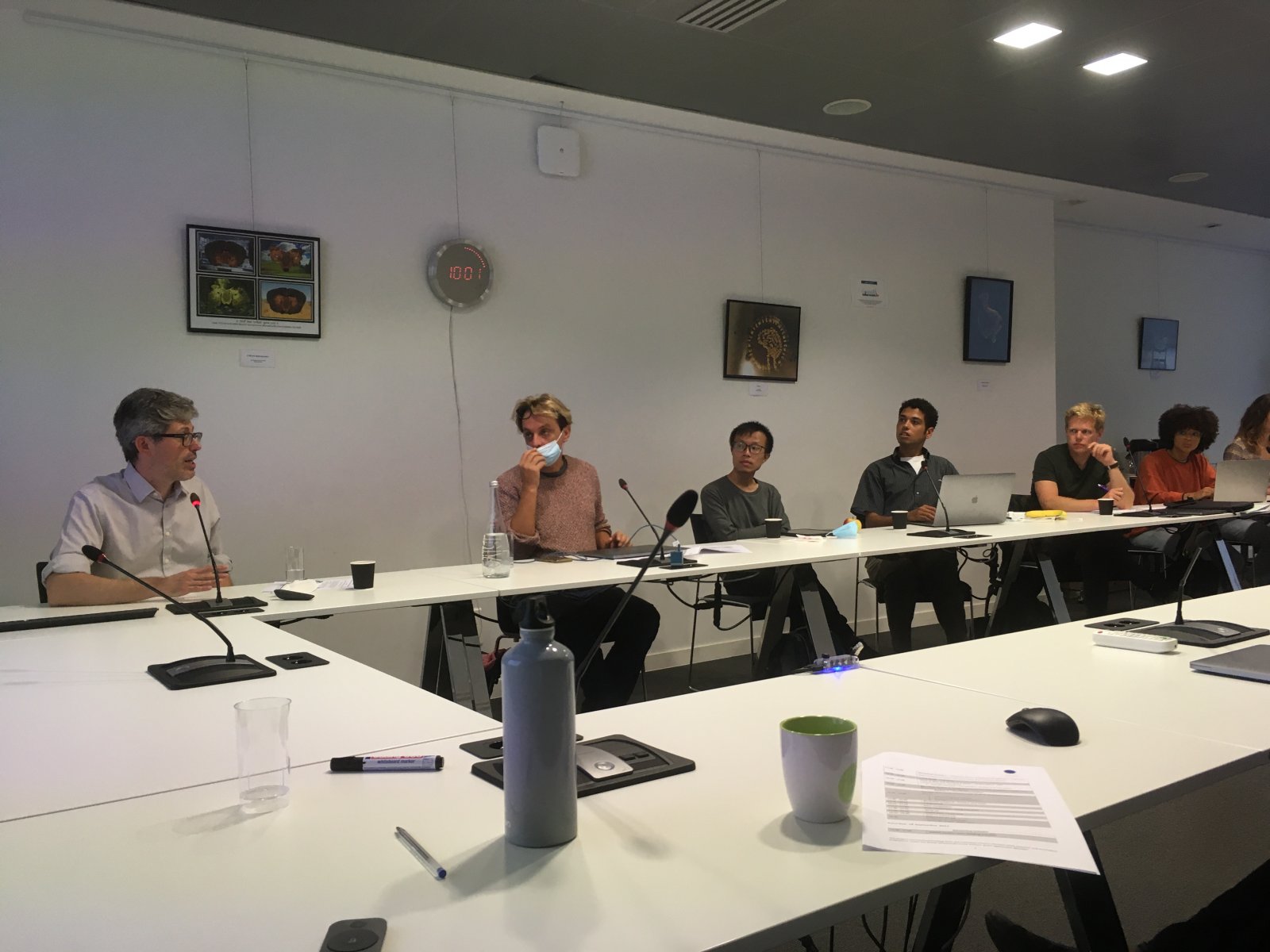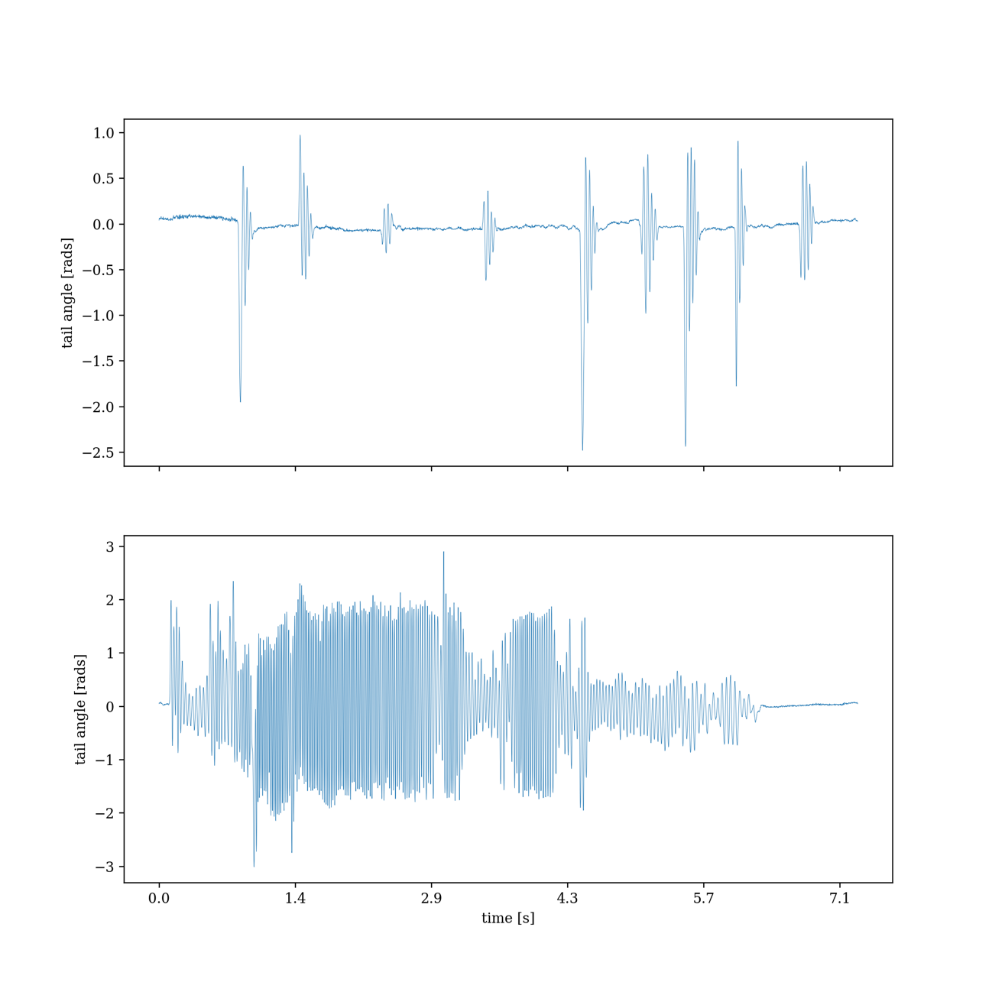Our student Elena Putti completed a 5-week Secondment in October/November 2021 in the lab of Manuel Irimia at CRG. The main goal was to investigate the genetic identity, connectivity and mechanism of action of intertectal commissural neurons (ITNs). With the help of the local student, Tahnee Mackensen, Elena learned how to perform FACS sorting and Single Cell RNA-sequencing to study the genetic identity of these neurons.
"While in Barcelona I was trying to learn how to perform single cell RNA sequencing. In order to do so, we first have to successfully sort our neurons of interest through FACS - Fluorescence Activated Cell Sorting - which is what the picture represents. Tahnee was the one who taught me how to dissociate zebrafish larvae in order to sort the cells based on their fluorescence."
Elena
